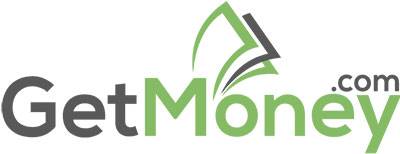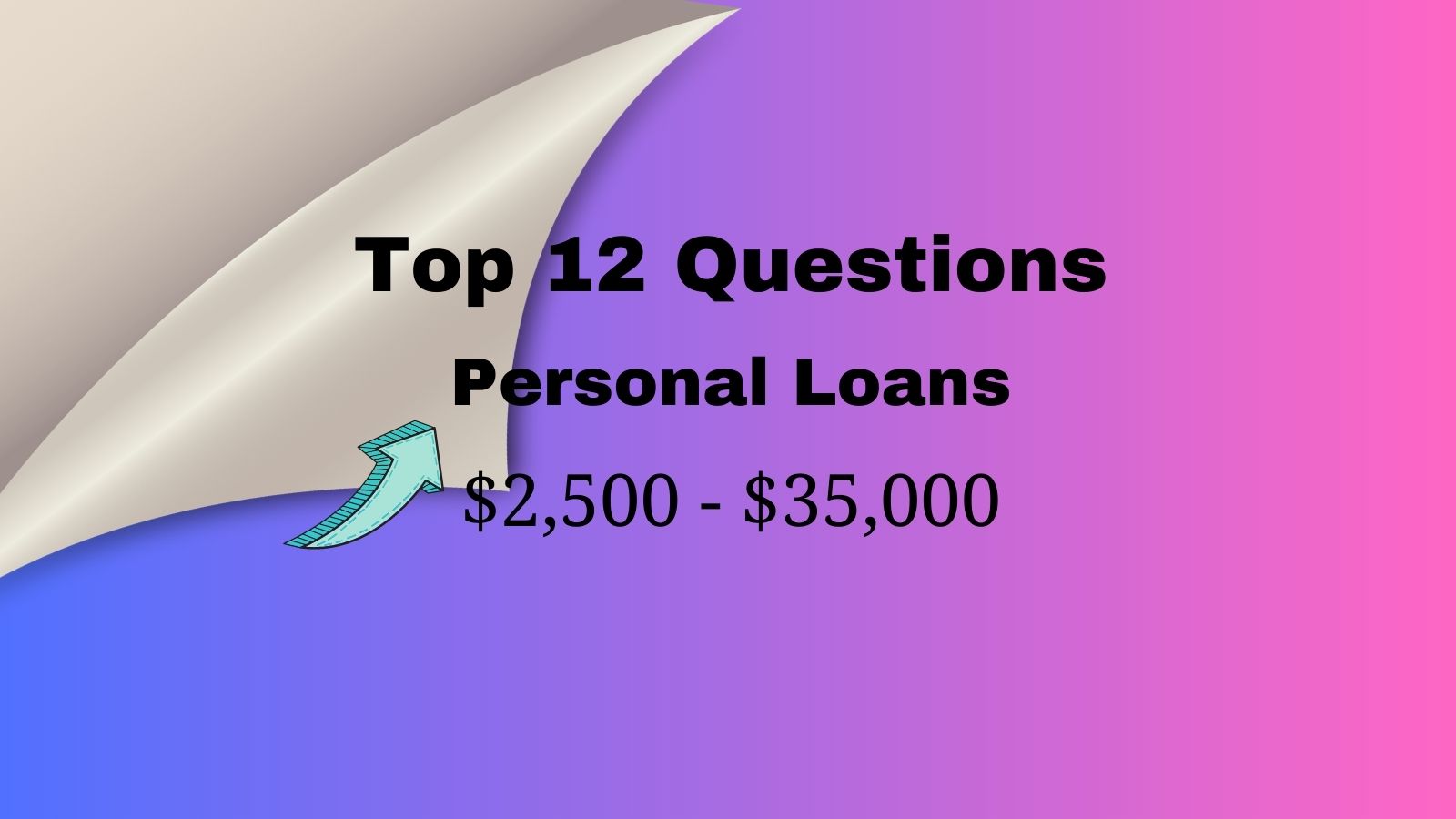In this article, we will delve into the top 12 questions surrounding personal loans from $2,500 to $35,00. If you’re ready to learn more about these loans and make informed decisions about your financial future, let’s get started!
What is a personal loan?
A personal loan is a type of loan that individuals can borrow from a financial institution, such as a bank or an online lender, to cover various personal expenses. Unlike specific loans like mortgages and business loans, personal loans are often unsecured, meaning they do not require collateral. Borrowers receive a lump sum of money, which they repay over a predetermined period with interest.
Personal Loan Trends 2023
- In the United States borrowers owe $222 billion in personal loan debt
- 22.5 million Americans have a personal loan with an outstanding balance
- Unsecured personal loan balances reached a record high in Q4 2022
- Average personal loan debt per borrower is about $11,100
- The personal loan industry is expected to continue growing in 2023
- Unsecured personal loan balances grew by 32% at the start of 2023
- Personal loans continue to be a highly sought-after financial resource for bow-prime borrowers led the way, with yearly growth of 60.4% vs. 38.7% for near-prime borrowers
- The average new personal loan amount is increasing. The average new loan amount is reaching $8,000 in Q2 2022
- Personal loan lenders are more focused on bad-credit, or subprime, borrowers
- Personal loan rates are rising due to the Federal Reserve’s interest rate hikes
Overall, personal loans remain a popular financial resource for borrowers, with unsecured personal loan balances reaching a record high.
What is the difference between a secured and unsecured loan?
- Secured Loan: A secured personal loan requires collateral, such as a car or property, to secure the loan. If the borrower defaults on payments, the lender can seize the collateral to recover the debt.
- Unsecured Loan: An unsecured personal loan does not require collateral. Instead, approval is typically based on the borrower’s creditworthiness, income, and other financial factors. Unsecured loans often come with higher interest rates due to the increased risk for the lender.
How do I know if a personal loan is right for me?
A personal loan is suitable for specific purposes like consolidating high-interest debt, covering medical expenses, or making a major purchase. Evaluate loan terms and interest rates to determine if monthly payments align with your budget and financial goals. As long as the personal loan and the expenditure put you in a better position, it’s probably a good decision. Understanding your options when seeking a personal loan with bad credit is crucial. We suggest researching and educating yourself on how to secure a loan with bad credit.
What can a personal loan be used for?
Personal loans can be used for a variety of purposes, including:
- Debt consolidation, Personal loans for consolidating multiple debts involve combining various financial obligations, including credit card balances, installment loans, and other types of loans, into a unified single loan. The goal is to simplify debt management and potentially reduce overall interest costs. By consolidating debts, individuals make one monthly payment to a single lender instead of juggling multiple payments to various creditors.
- Home improvements, Personal loans specifically designed to fund renovations, upgrades, or repairs to a residential property.
- Medical bills, Personal loans for medical expenses are financial products designed to assist individuals in covering the costs associated with healthcare and medical treatments.
- Vacation costs, Personal loans for vacation are a type of loan that individuals can use to fund their travel and vacation expenses.
- Major purchases, Personal loans for major purchases are a type of loan that individuals use to fund significant expenses, such as buying a computer, furniture, or home electronics.
- Educational expenses, Personal loans for education are financial tools designed to help individuals cover the costs associated with their educational pursuits. These loans can be used to pay for tuition, books, supplies, and other educational expenses. Unlike specific student loans, personal loans for education are typically unsecured.
- Business expenses, A personal loan for business is a type of loan that is issued to an individual, rather than a business, and can be used for business expenses. Personal loans are generally easier to qualify for than traditional business loans, but they might be less cost-effective for experienced business owners.
What is the initial interest rate for a personal loan?
The initial interest rate for a personal loan can vary widely from 5% to 35% or more based on factors such as your credit score, income, and the lender’s policies. It’s important to shop around and compare offers to find the best rate that suits your financial situation.
How much can I borrow and what are the repayment terms?
Loan amounts and repayment terms vary based on the lender and your credit. Typically, personal loans range from a few hundred dollars to tens of thousands. Repayment terms can range from a few months to several years. The only way to know what you qualify for is to request a loan.
What is fair credit, and how does it affect my personal loan application?
Fair credit generally refers to a credit score range between 600 and 669. While you may still be eligible for a personal loan with fair credit, you might receive higher interest rates compared to those with excellent credit scores of 700 or higher. Lenders assess your credit score to determine your risk level as a borrower.
What is the average interest rate for a personal loan?
As of September 2021, the average interest rates reported for personal loans vary from around 6% to 36%. However, these rates can change over time, so it’s essential to research current rates from various lenders.
How do I qualify for a personal loan?
Qualification requirements differ among lenders, but common factors include:
- Credit score
- Income and employment history
- Debt-to-income ratio
- Credit history
If you have an average or bad credit, read the post about getting a loan with bad credit.
How long does it take to get approved for a personal loan?
The approval process varies among lenders. Some online lenders offer fast approvals and funding. The proceeds from a personal loan could be deposited into your account in as little as 24 hours. Traditional banks usually take longer. Providing accurate information and necessary documentation can expedite the process.
What are the pros and cons of taking out a personal loan?
Pros of Personal Loans
- Flexibility: Personal loans can be used for almost any purpose, such as consolidating high-interest debt, financing a home renovation, or covering unexpected expenses.
- Competitive interest rates: Many personal loans come with competitive interest rates, especially if you have good credit.
- No collateral required: Most personal loans are unsecured, which means you don’t have to put up collateral like your home or car.
- Fixed repayment terms: Personal loans typically have fixed repayment terms, which means you know exactly how much you’ll owe each month and when the loan will be paid off.
- Can improve credit score: If you make your payments on time, a personal loan can help improve your credit score by adding a new type of credit to your report and showing that you can handle debt responsibly.
Cons of Personal Loans
- High-interest rates: Personal loans can come with high-interest rates, especially if you have fair or poor credit.
- Fees and penalties: Some personal loans come with fees and penalties, such as origination fees, prepayment penalties, and late fees.
- Potential credit score damage: If you miss payments or default on a personal loan, it can negatively impact your credit score.
- Additional debt: Taking out a personal loan means taking on additional debt, which can be a burden if you’re already struggling to make ends meet.
- Collateral may be required: Some personal loans require collateral, such as a car or home equity, which means you could lose your asset if you can’t repay the loan.
Personal loans vs. credit cards, which is the better option?
To choose between personal loans and credit cards, we have to analyze the pros and cons of the two options to see what is the most suitable choice for your financial situation.
Here are the pros and cons of personal loans and credit cards:
Personal Loan Pros
- Lower interest rates than credit cards, making it a better choice if you need a large lump sum of money for a project or want to pay off high-interest credit card debt.
- Fixed monthly payments until your balance is paid off.
- Can be used for larger expenses or debt consolidation.
Personal Loan Cons
- Must be repaid over a set period of time.
- May require collateral.
- May have origination fees.
Credit Card Pros
- Good for smaller, everyday purchases.
- Can provide rewards for purchases.
- Revolving credit, which means you can borrow money as you need it.
Credit Card Cons
- Higher interest rates than personal loans.
- Can lead to more debt if you buy things that don’t fit your budget.
- May have annual fees.
Overall, personal loans are a better option if you need a large lump sum of money for a project or want to pay off high-interest credit card debt, while credit cards are better for smaller, everyday purchases. However, the decision ultimately depends on your financial situation and goals. It’s important to compare interest rates, fees, and repayment terms before making a decision. To explore different types of loans visit GetMoney.com
Be sure to understand all the fees and penalties associated with the personal loan you are considering. Weigh the pros and cons, and make sure you can afford the monthly payments before taking out a personal loan.

